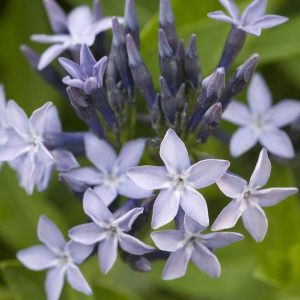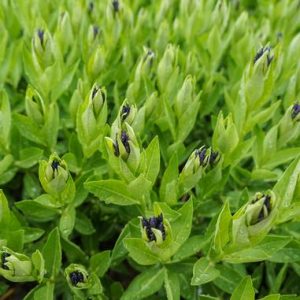The air was silken and sweet as the velvety curtain of dusk fell, and the few, frothy clouds seemed to dissipate in wake of the sterling, shimmering stars. It was neither chilly nor warm. It simply was, and it was beautiful.
Frankly, it’s hard to believe it’s Winter, let alone February – a month notorious for large snow falls and sub zero temps. I find it a bit unsettling, and nature seems a tad baffled, but time and life march on, no matter the weather or season.
Even though Spring is still a month away, this uncanny warm up and sheer lack of snow gives us the opportunity to view and inspect our lawns for any potential Winter damage.
Snow Mold
Snow mold is a fungus caused by extended periods of snow-covered turf. There are two different types, gray (Typhula blight) and pink (Fusarium patch) with the latter being more destructive. Circular patches of crusty, matted grass are highly visible in affected areas. They can be as small as two inches in diameter up to several feet, with overlapping circles. Fortunately, gray snow mold is fairly innocuous and will disappear as conditions dry. Pink snow mold is more nefarious and can destroy the roots and crowns of the lawn. Raking should be performed to break the crust, and reseeding and overseeding may be necessary.
Vole Damage
Often mistaken for the carnivorous mole, voles are herbivores that tend to be quite busy in winter, dining on grass blades, and creating winding trails of damaged grass. Snow provides the perfect cover for voles to traverse the landscape, hidden from predators as they scavenge above ground. Vole damage is mostly superficial, although the scarring runways can be shocking as the snow starts to melt. Because the crowns and root systems are left in tact, grass will generally grow and fill in as the weather warms. Raking and overseeding of weak areas may be needed.
As temperatures rise and stabilize, and days grow longer with the onset of true Spring, our landscapes, especially our turf, may emerge a little worse for wear, but rest assured, most Winter damage can be corrected with a little care and seed. Reach out to Sweeney’s to schedule your lawn renovation today!
Plant of the Week
Blue Ice Blue Star
Clusters of lavender-blue star-shaped flowers bloom April – May amongst glossy, green willow-like foliage that matures to a golden yellow in Fall. Prefers sun to partial shade and moist, well-drained soil. Grows 12-18″ tall and 18-24″ wide. Attracts pollinators and is drought tolerant and deer resistant.
“The flowers of late winter and early spring occupy places in our hearts well out of proportion to their size.”
-Gertrude S. Wister
Best wishes,
Kim Sweeney


